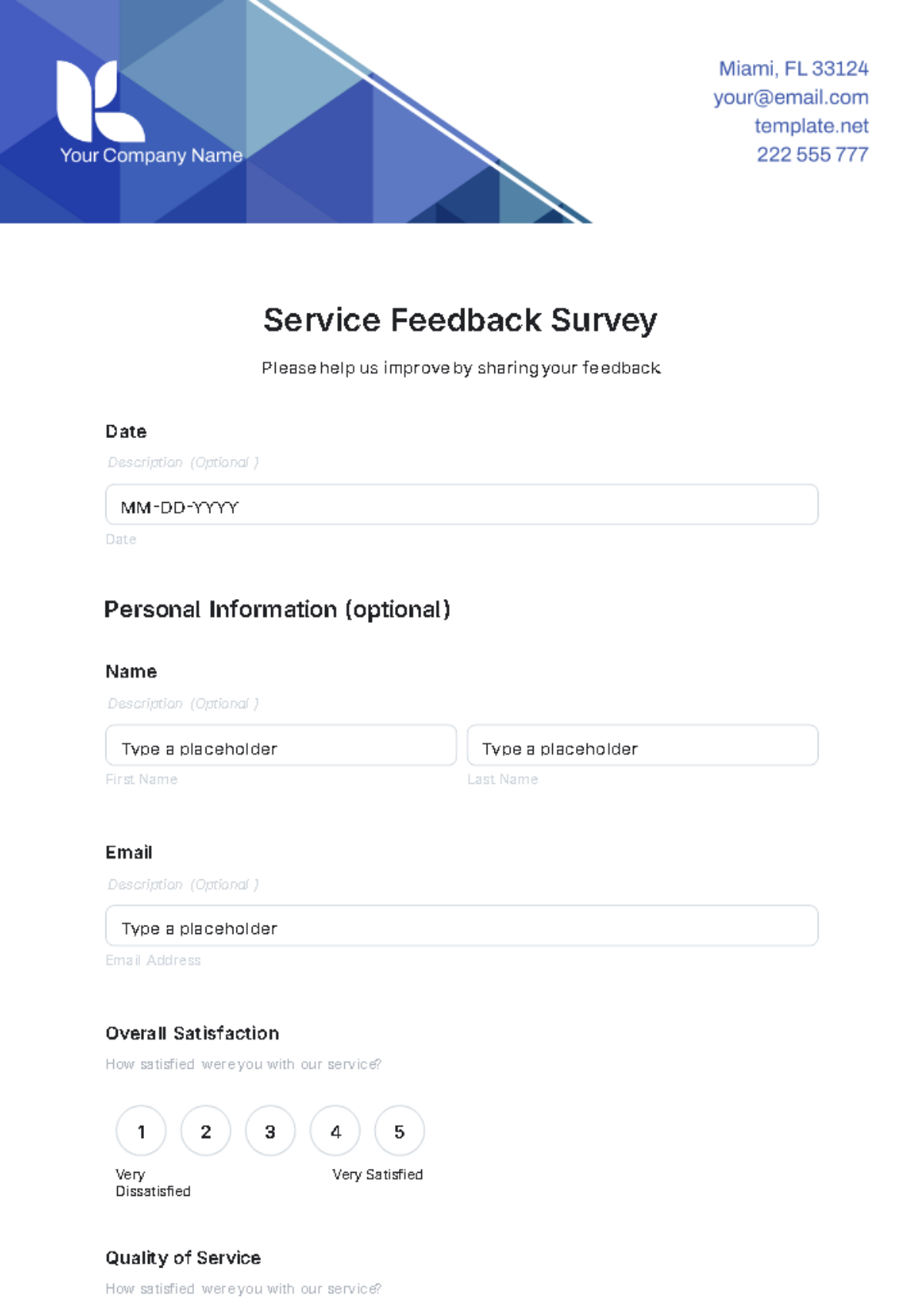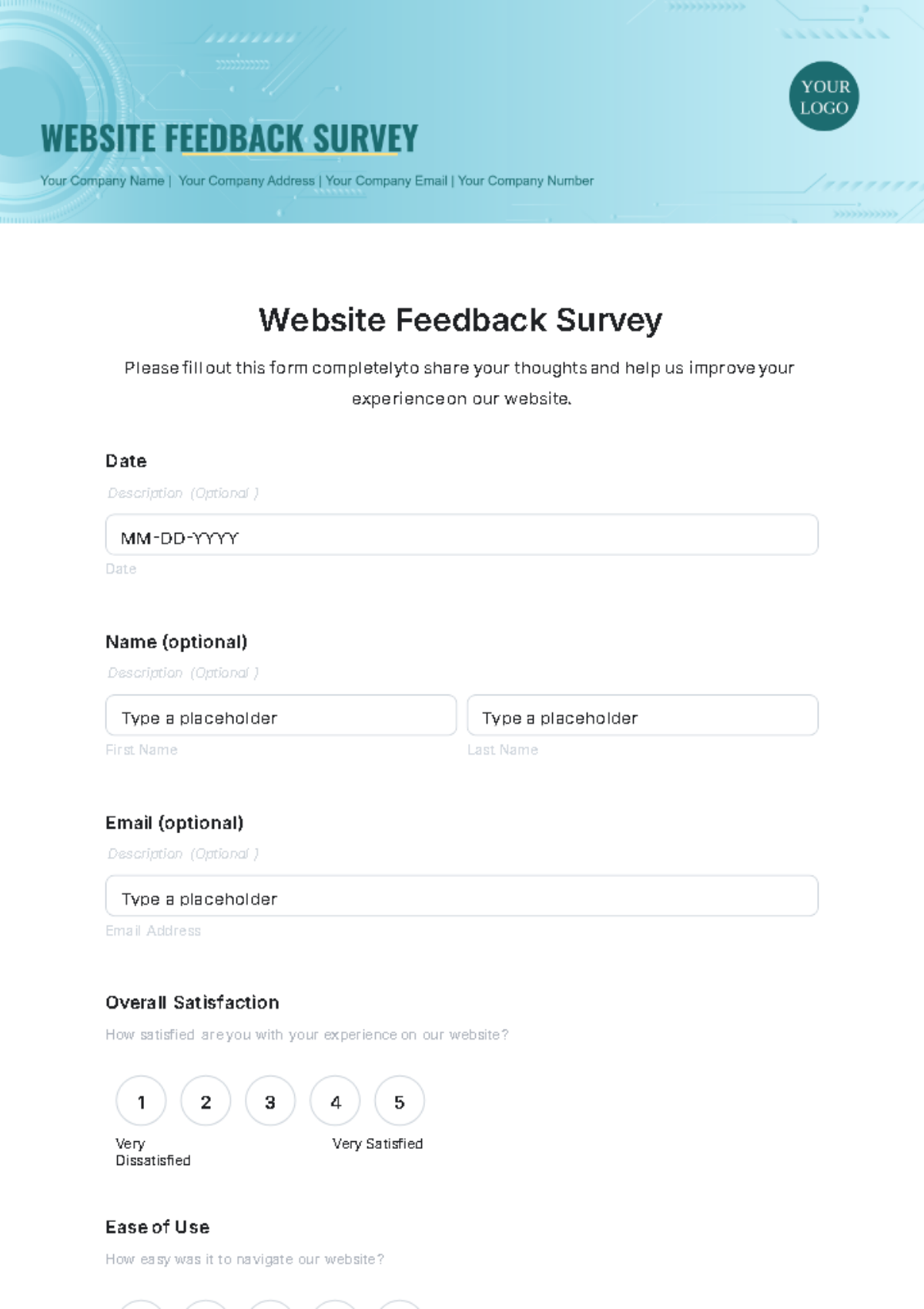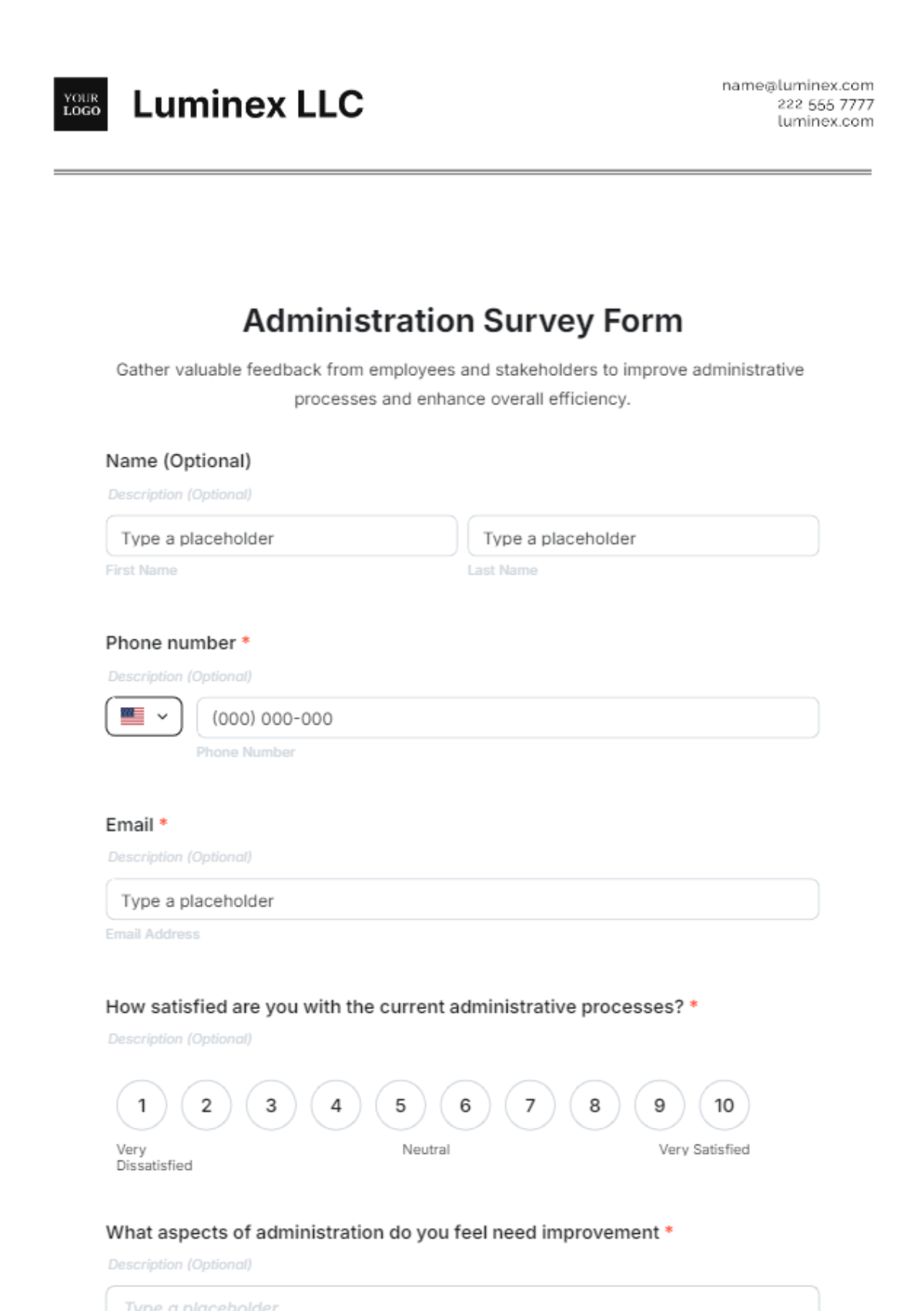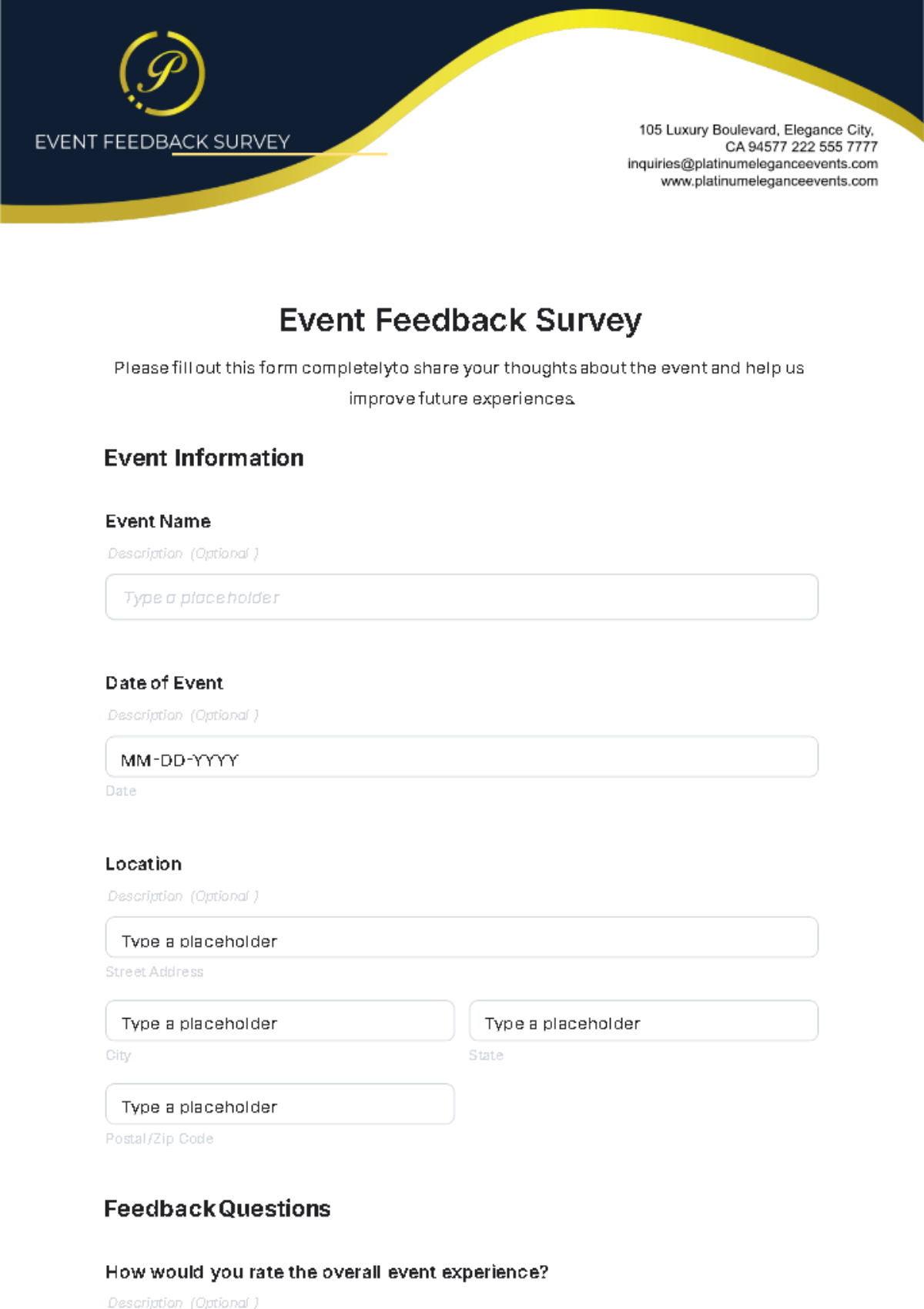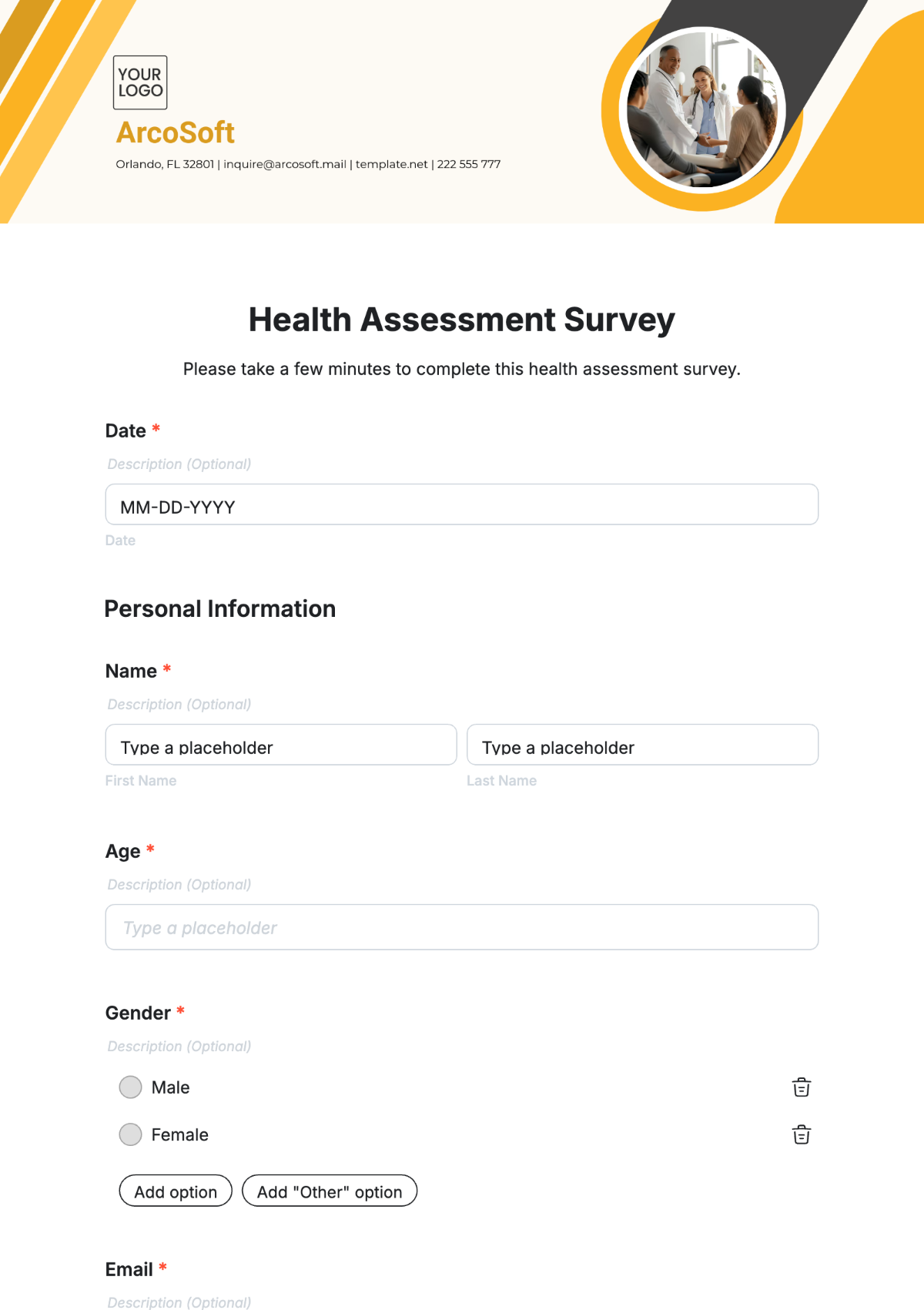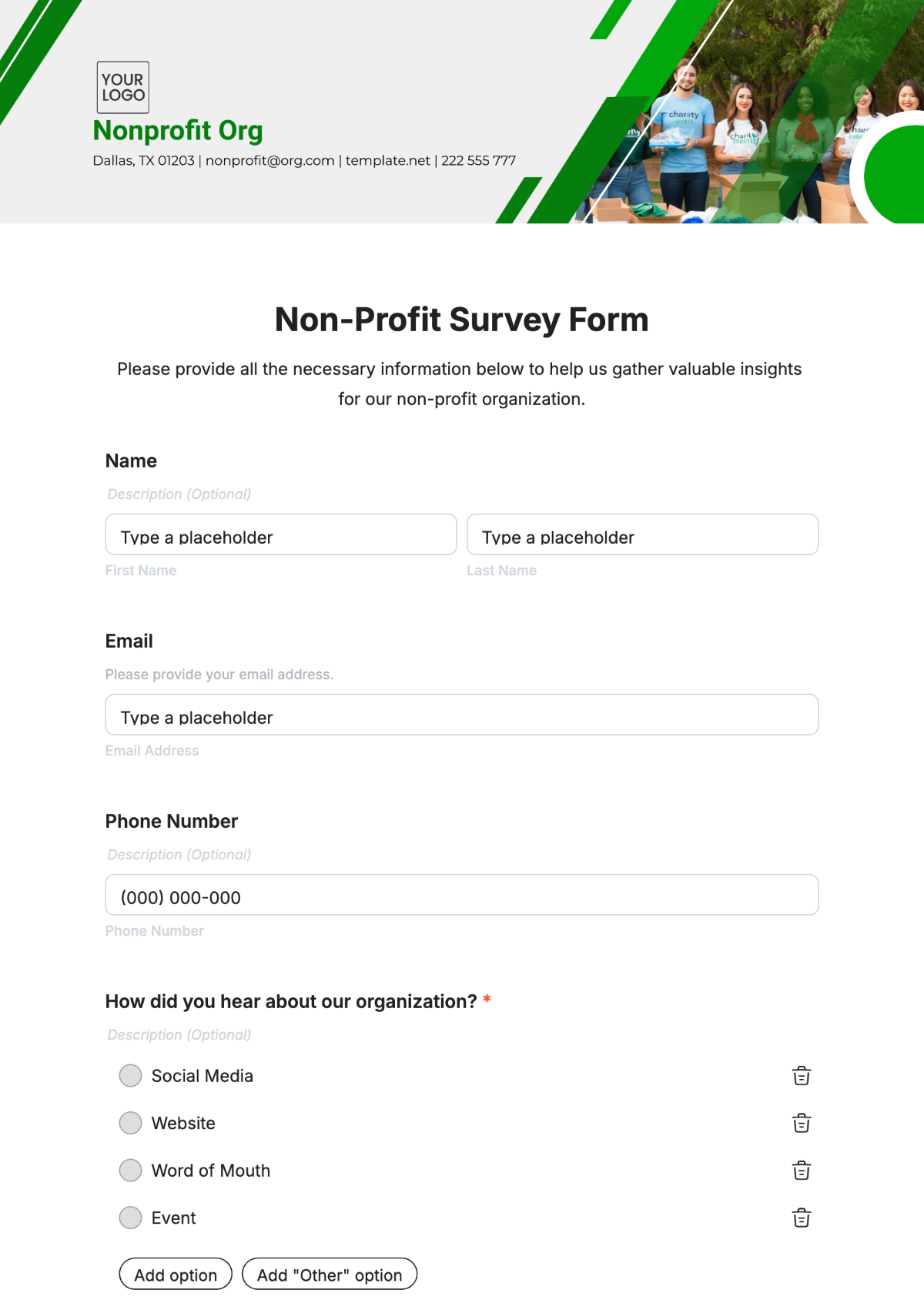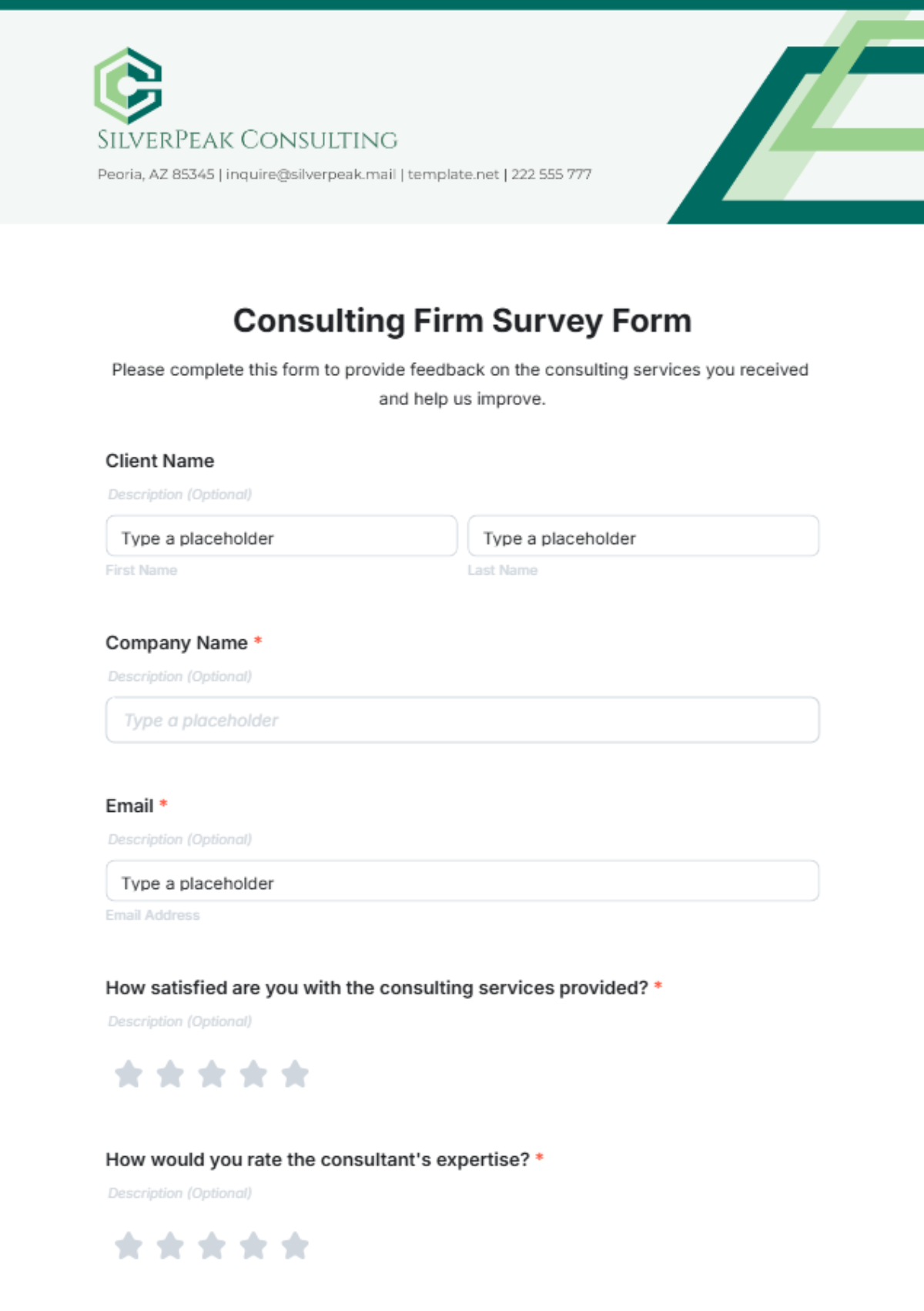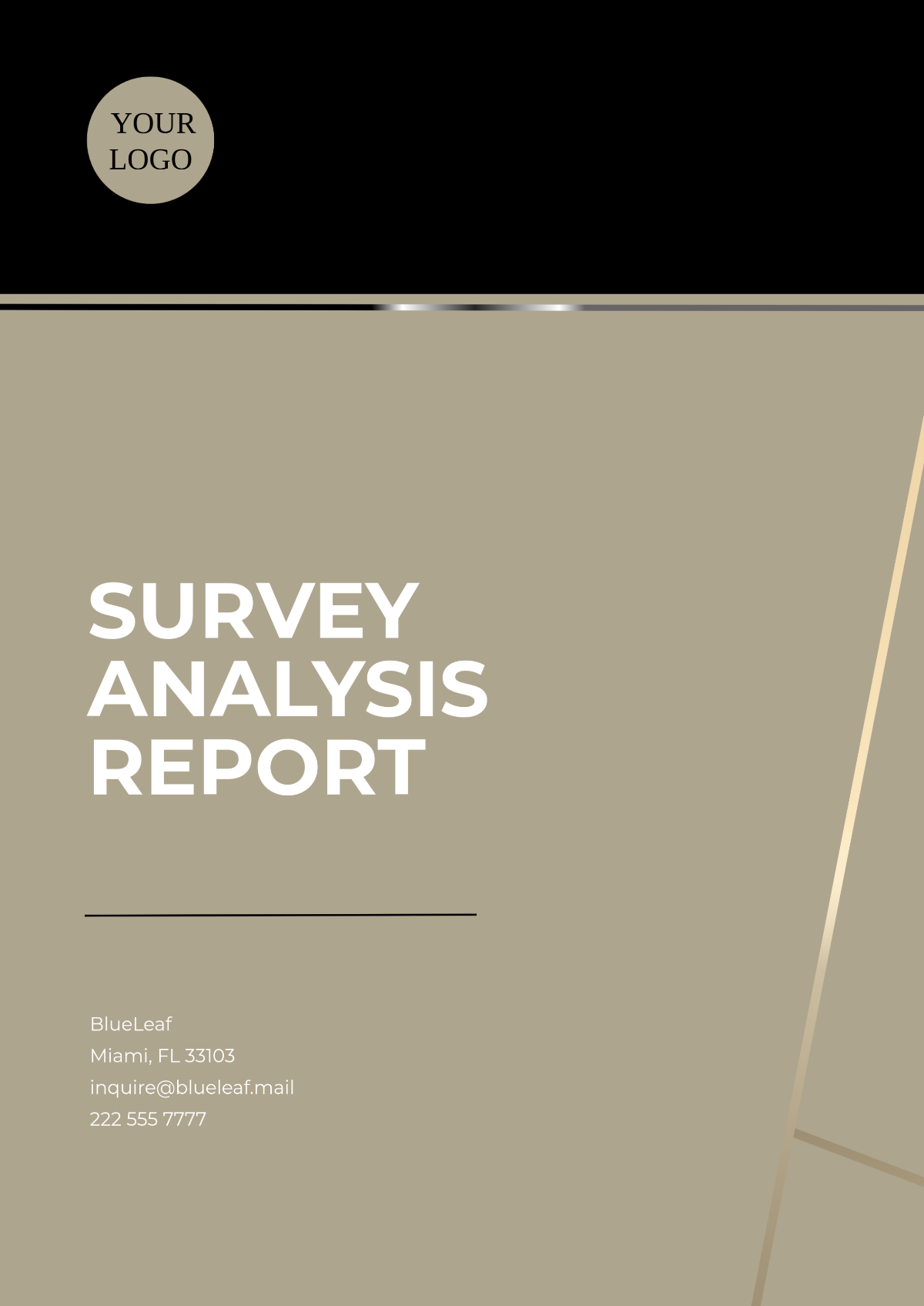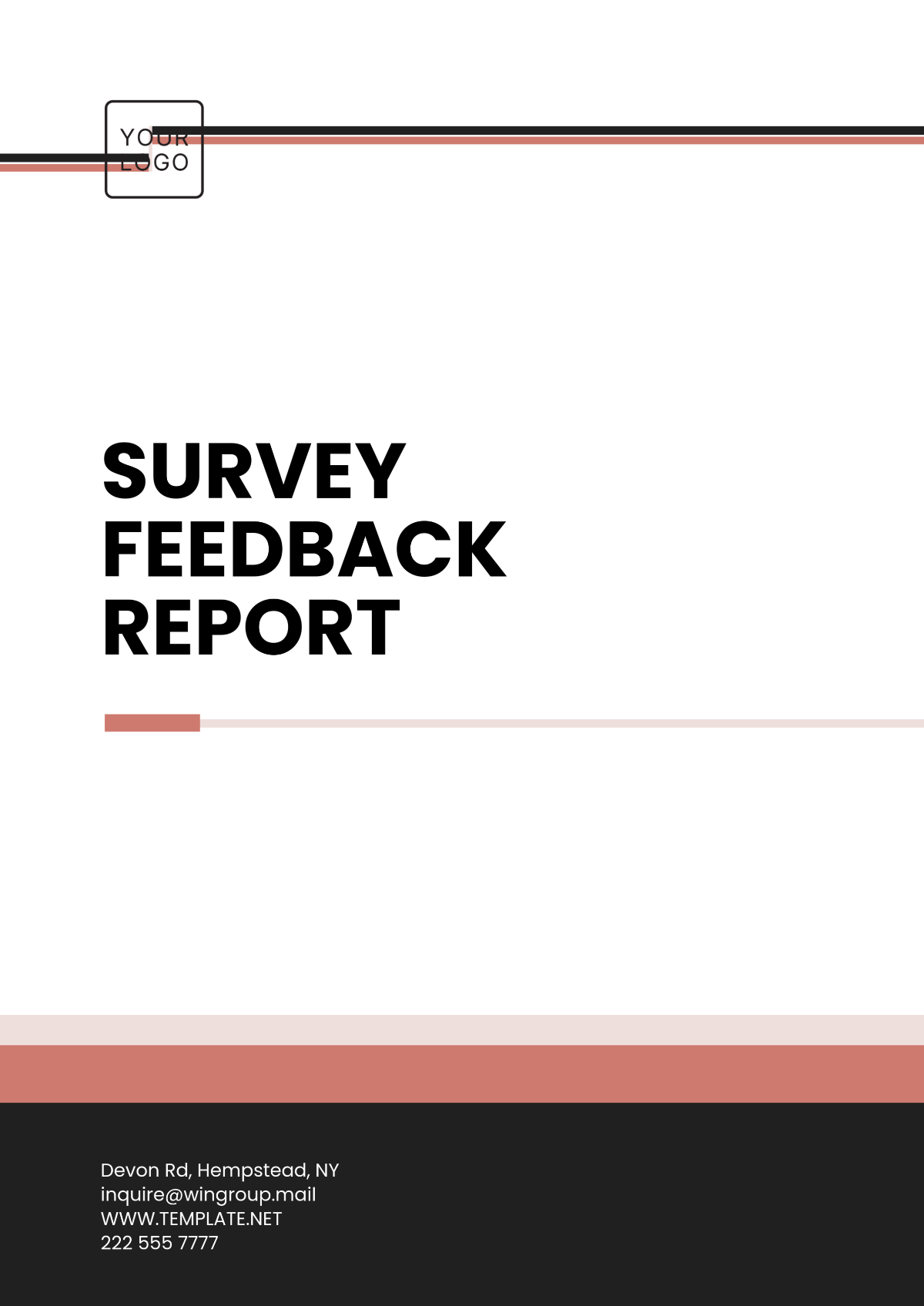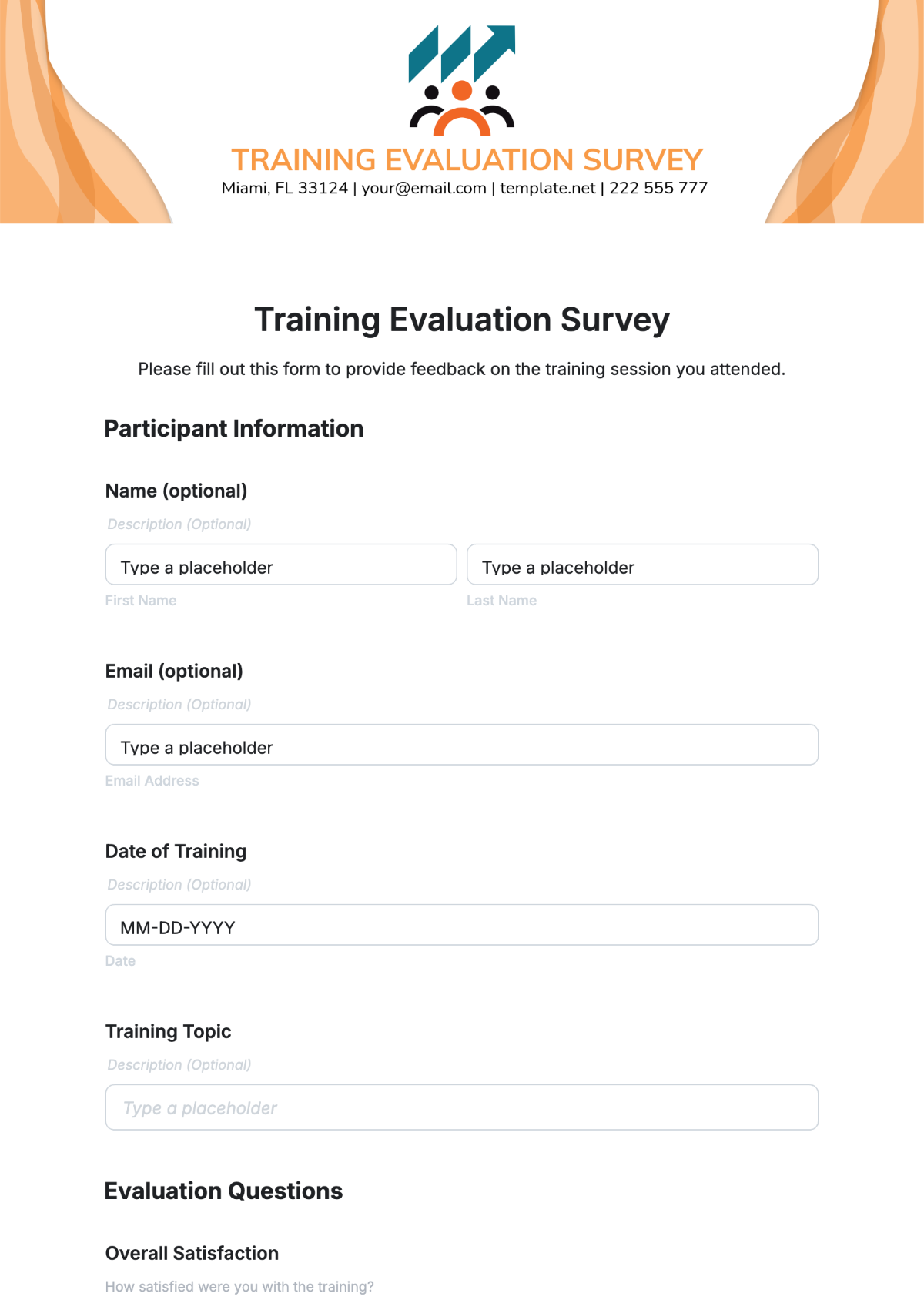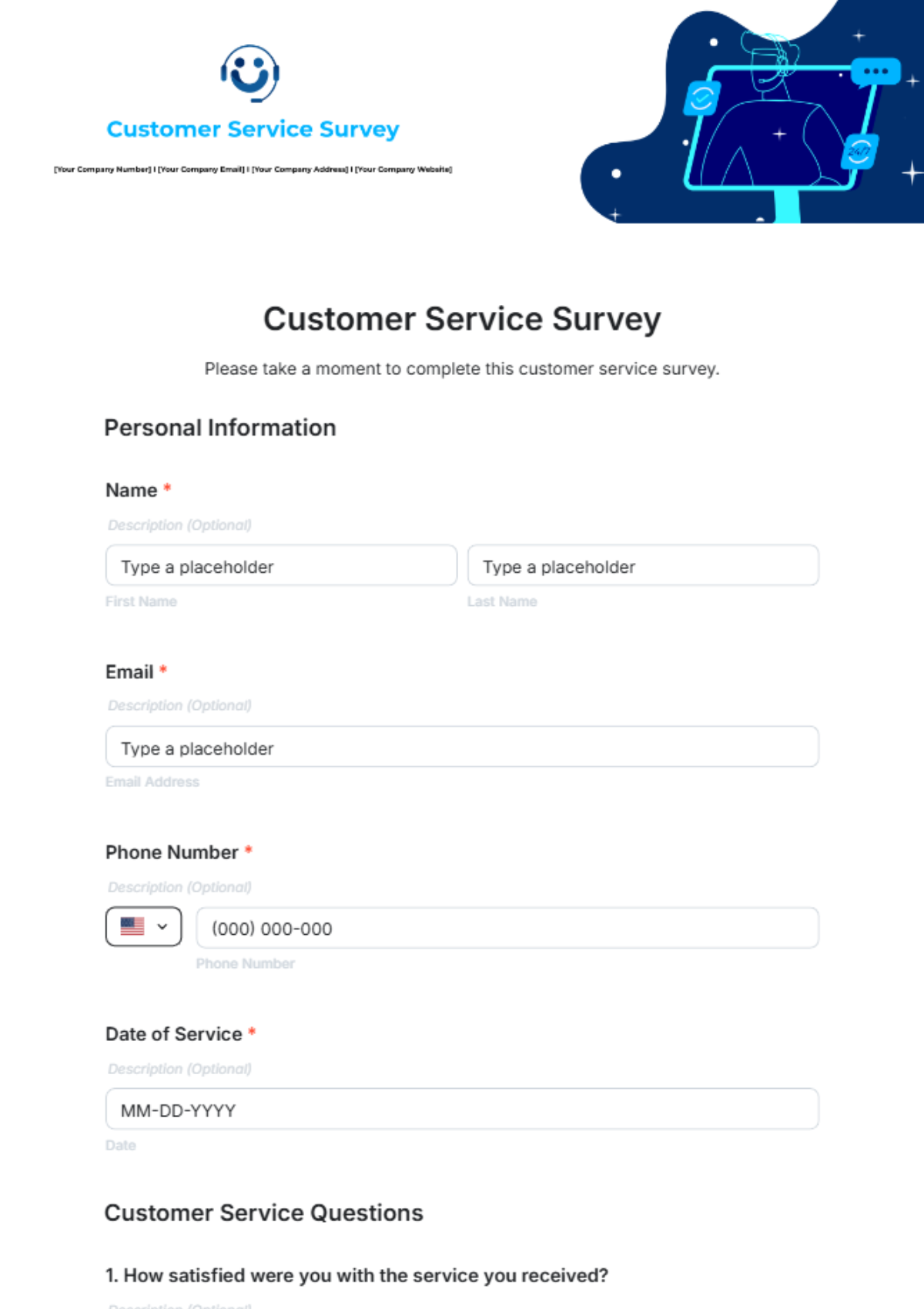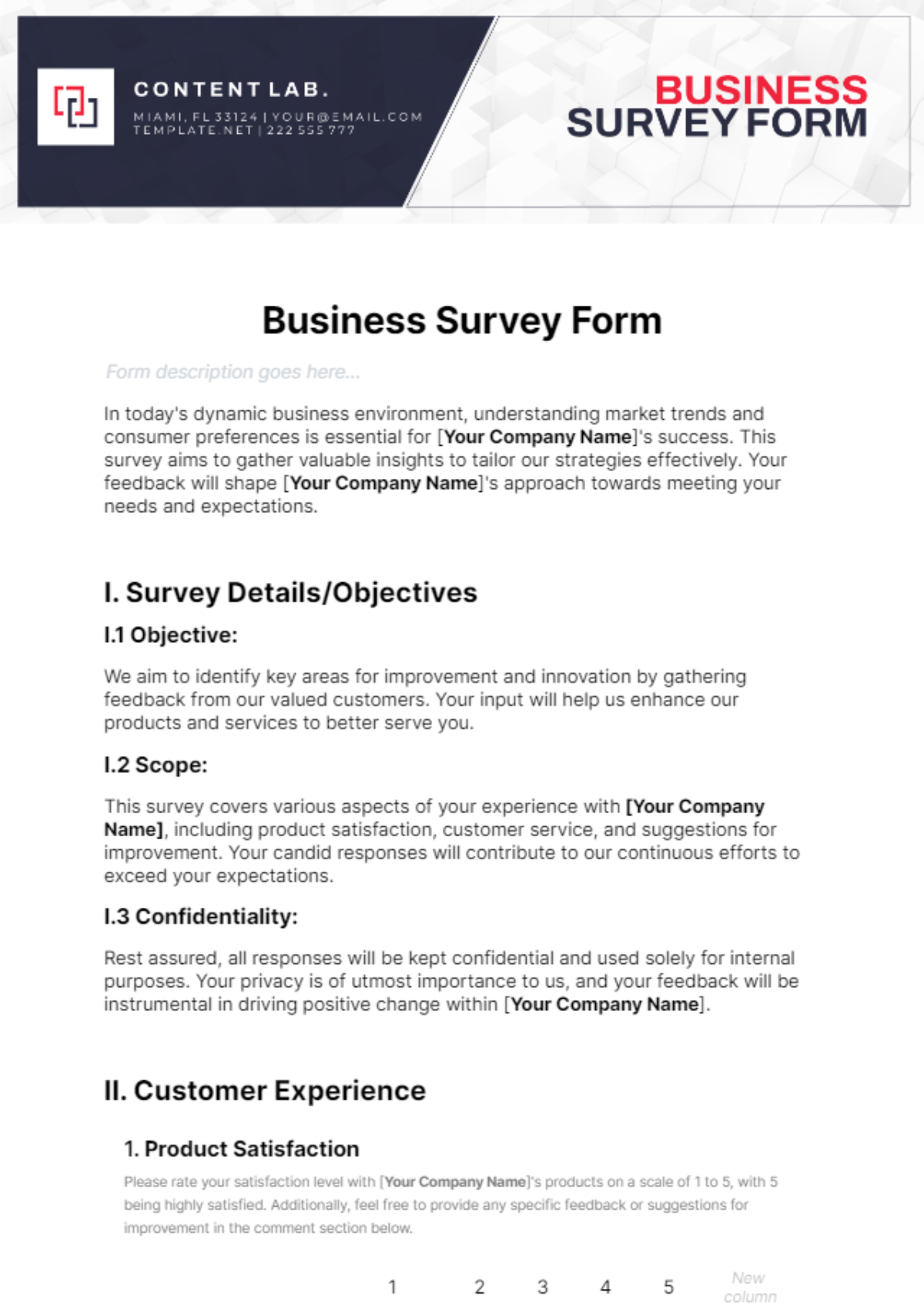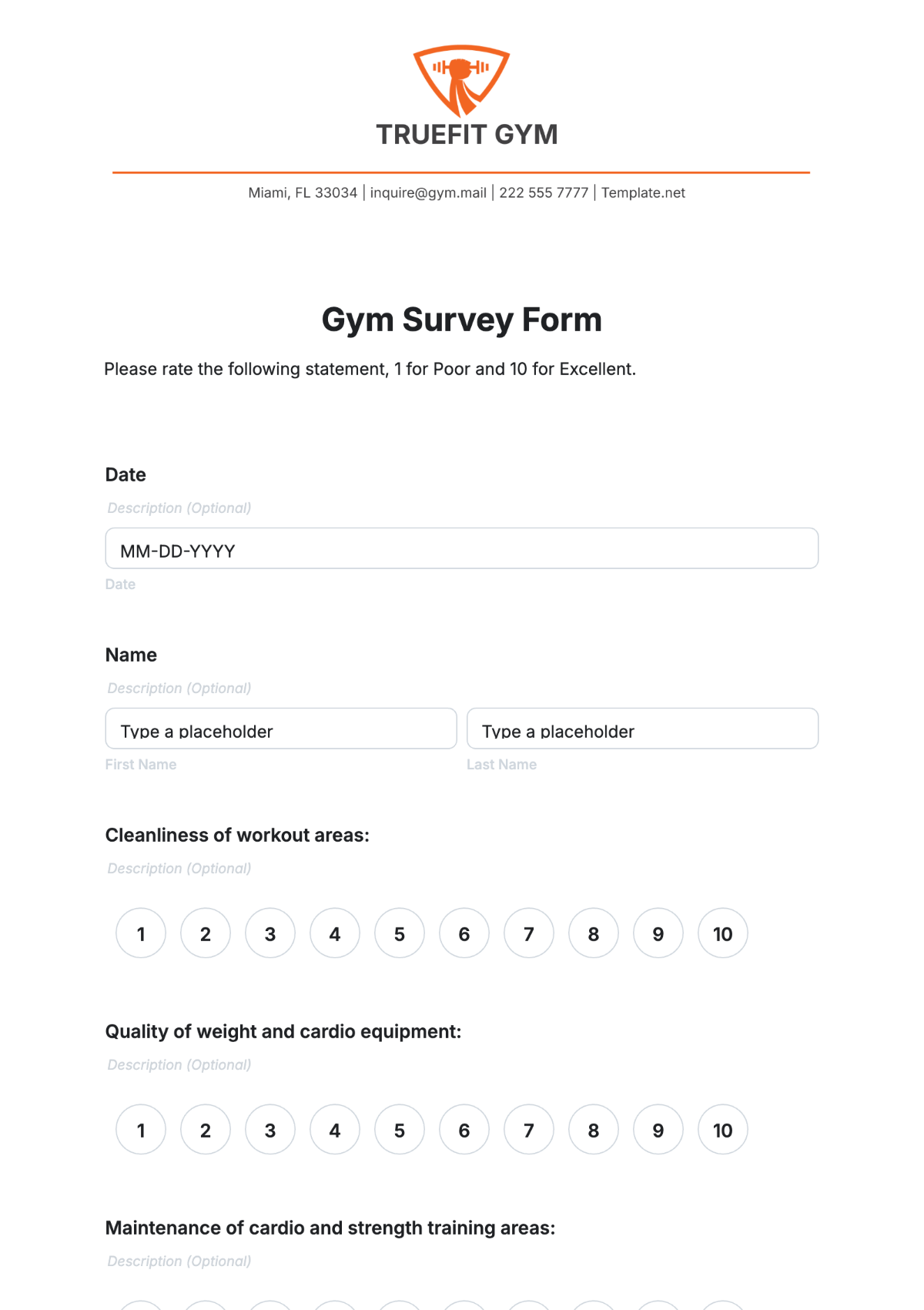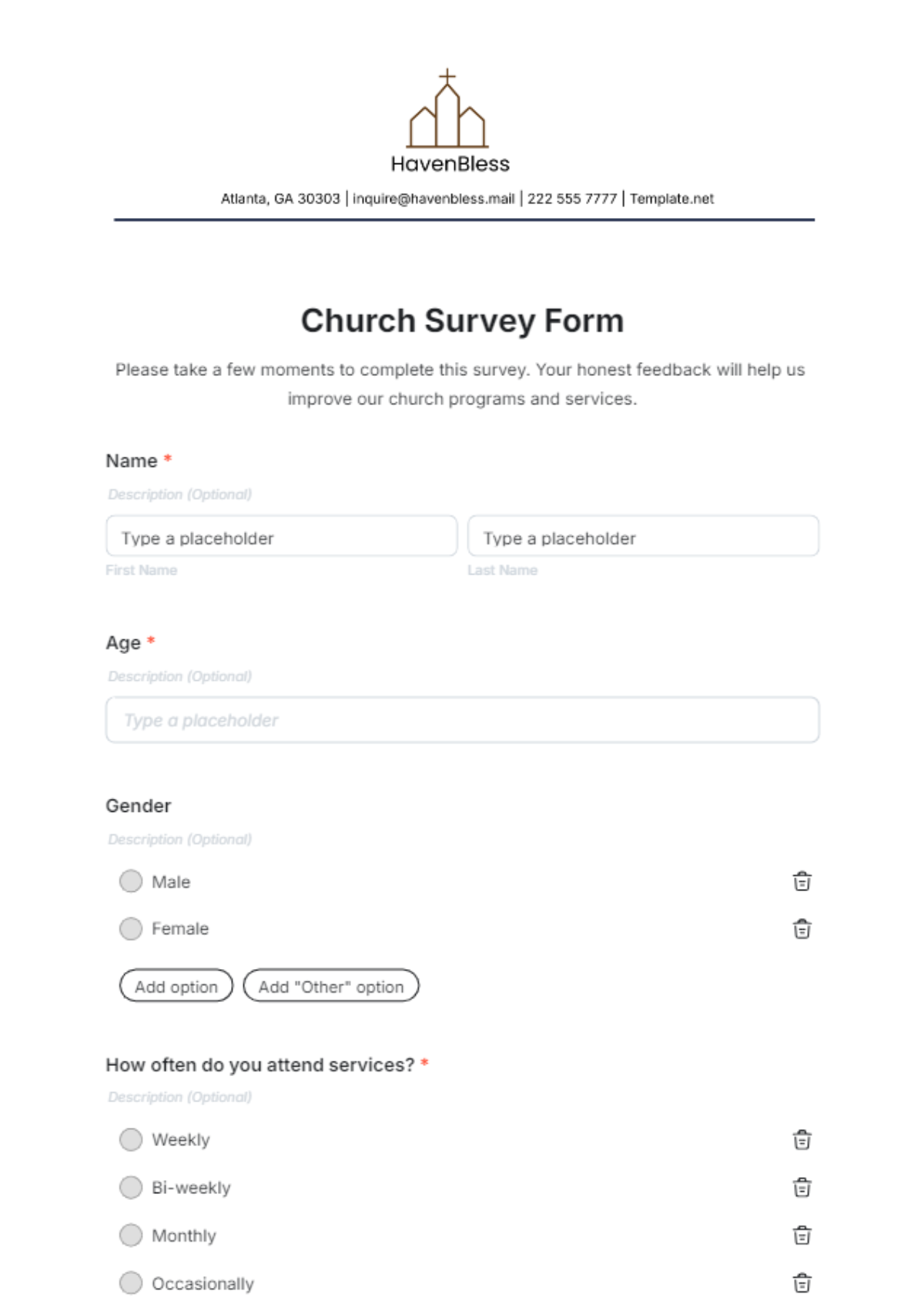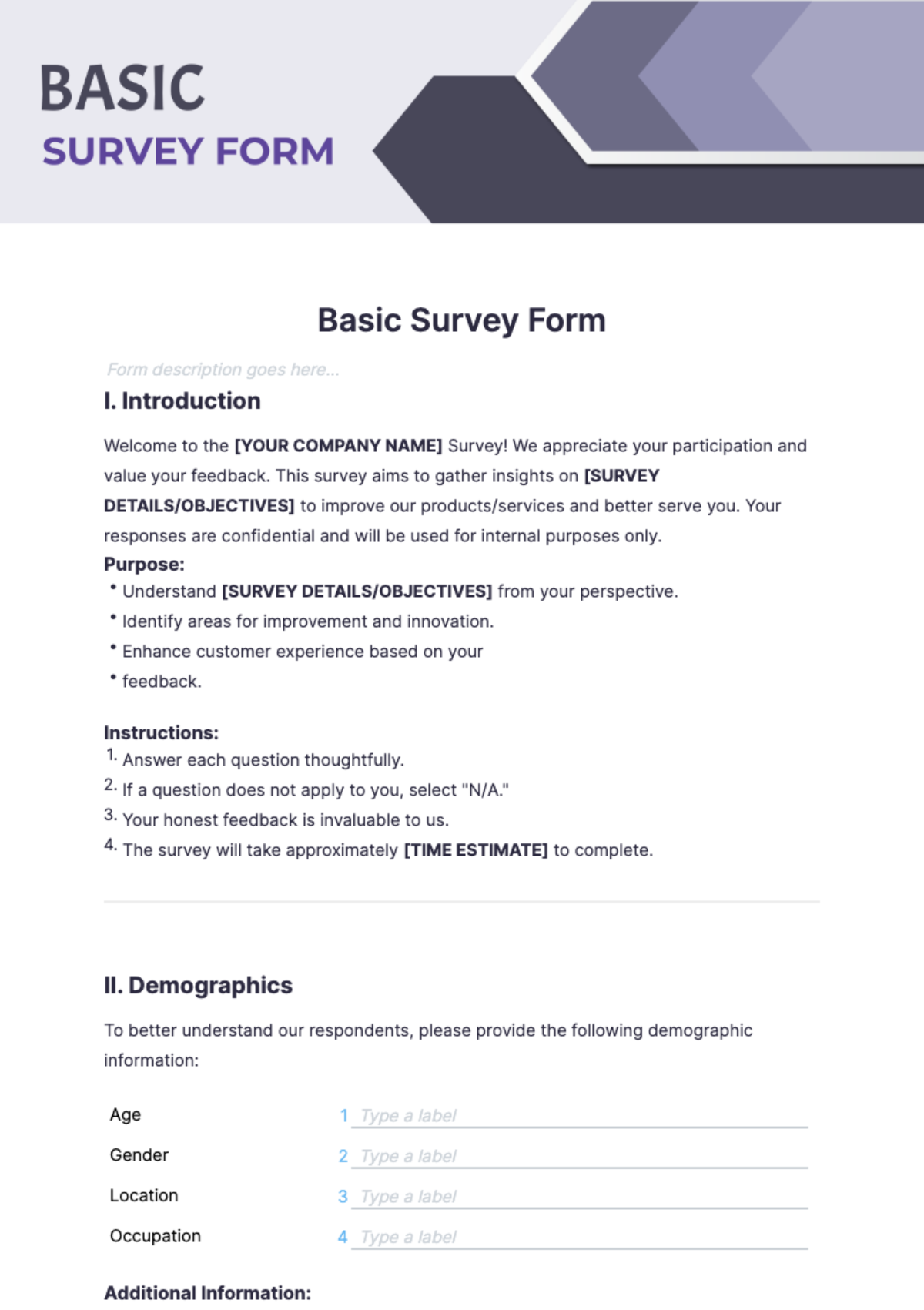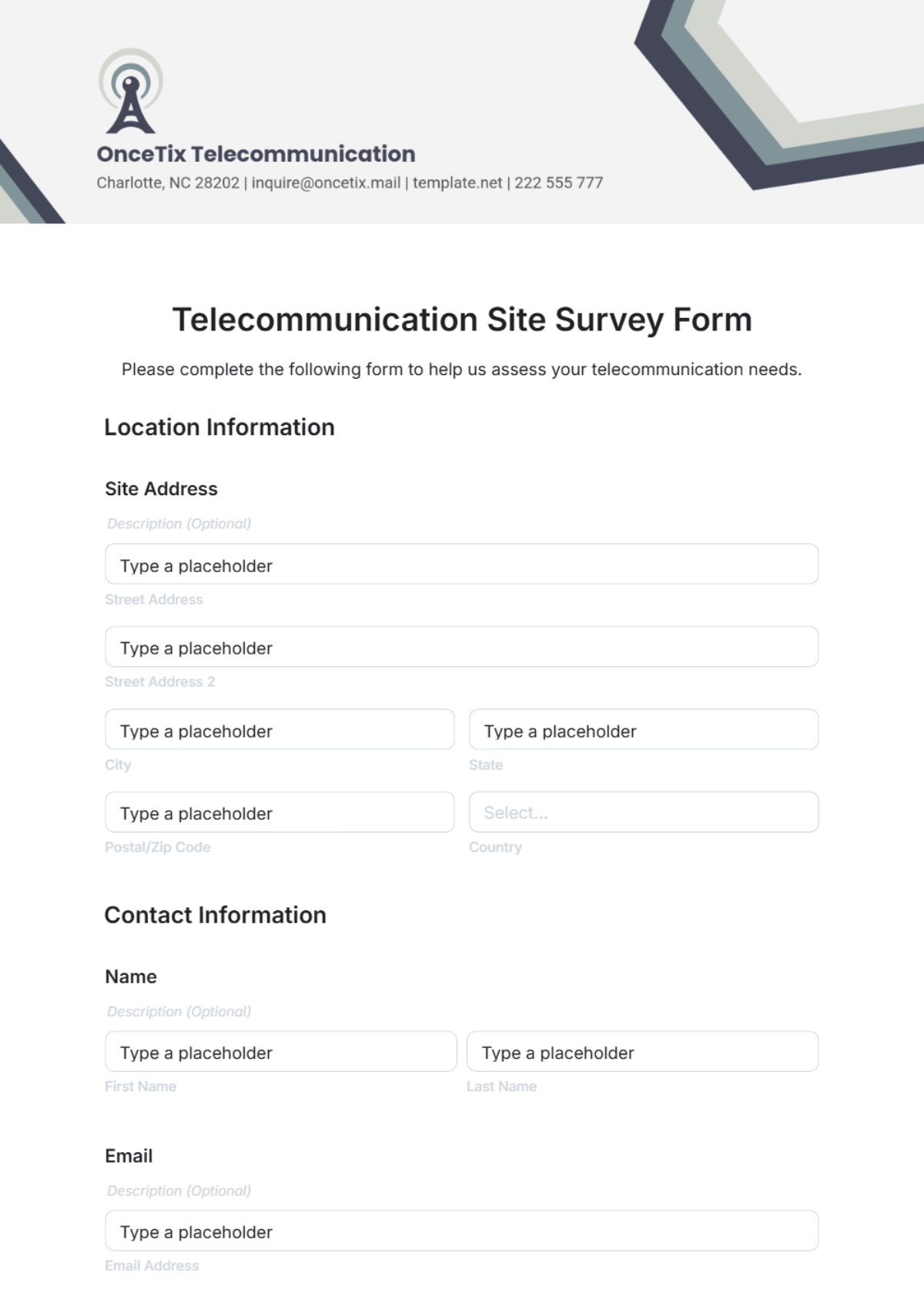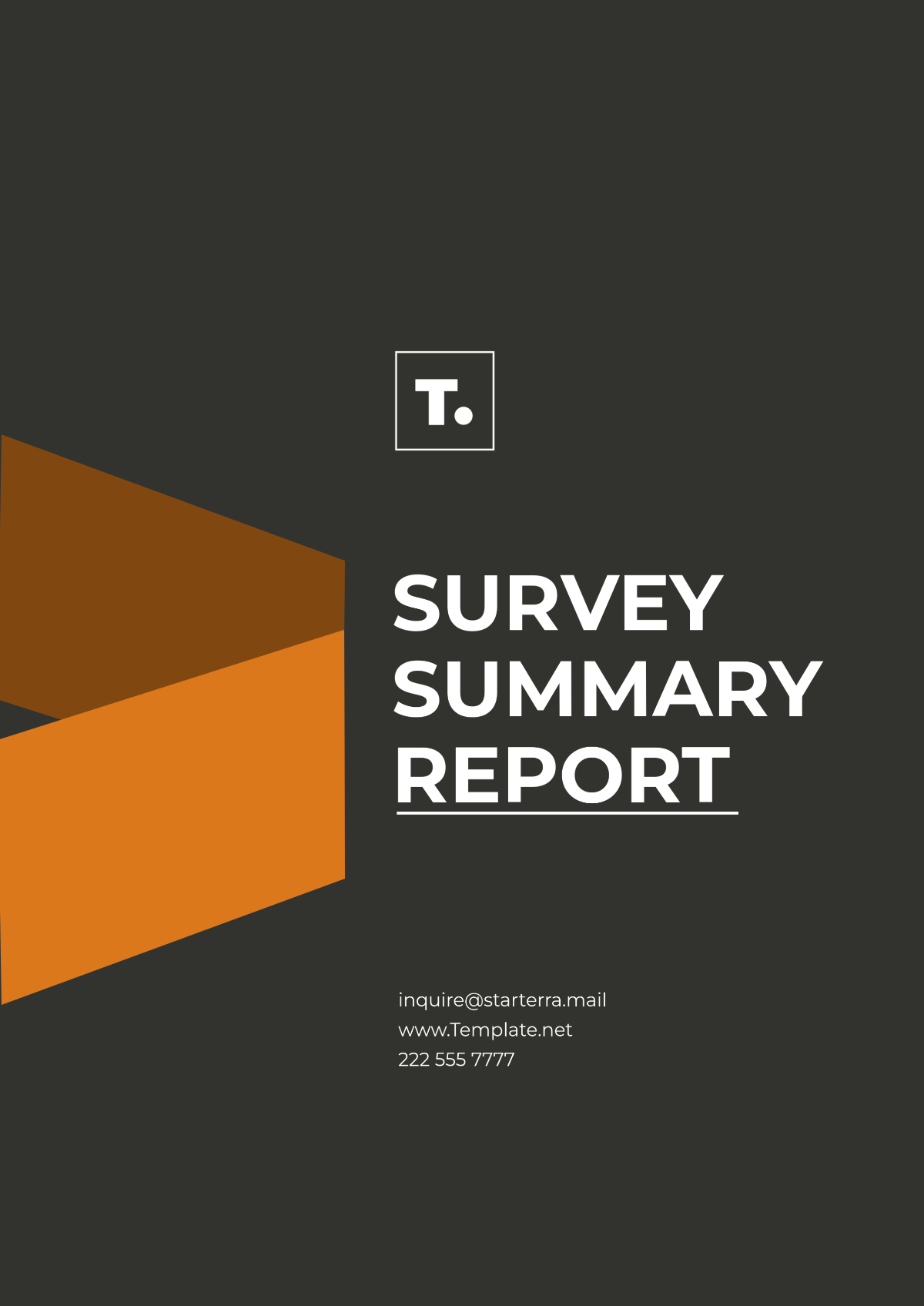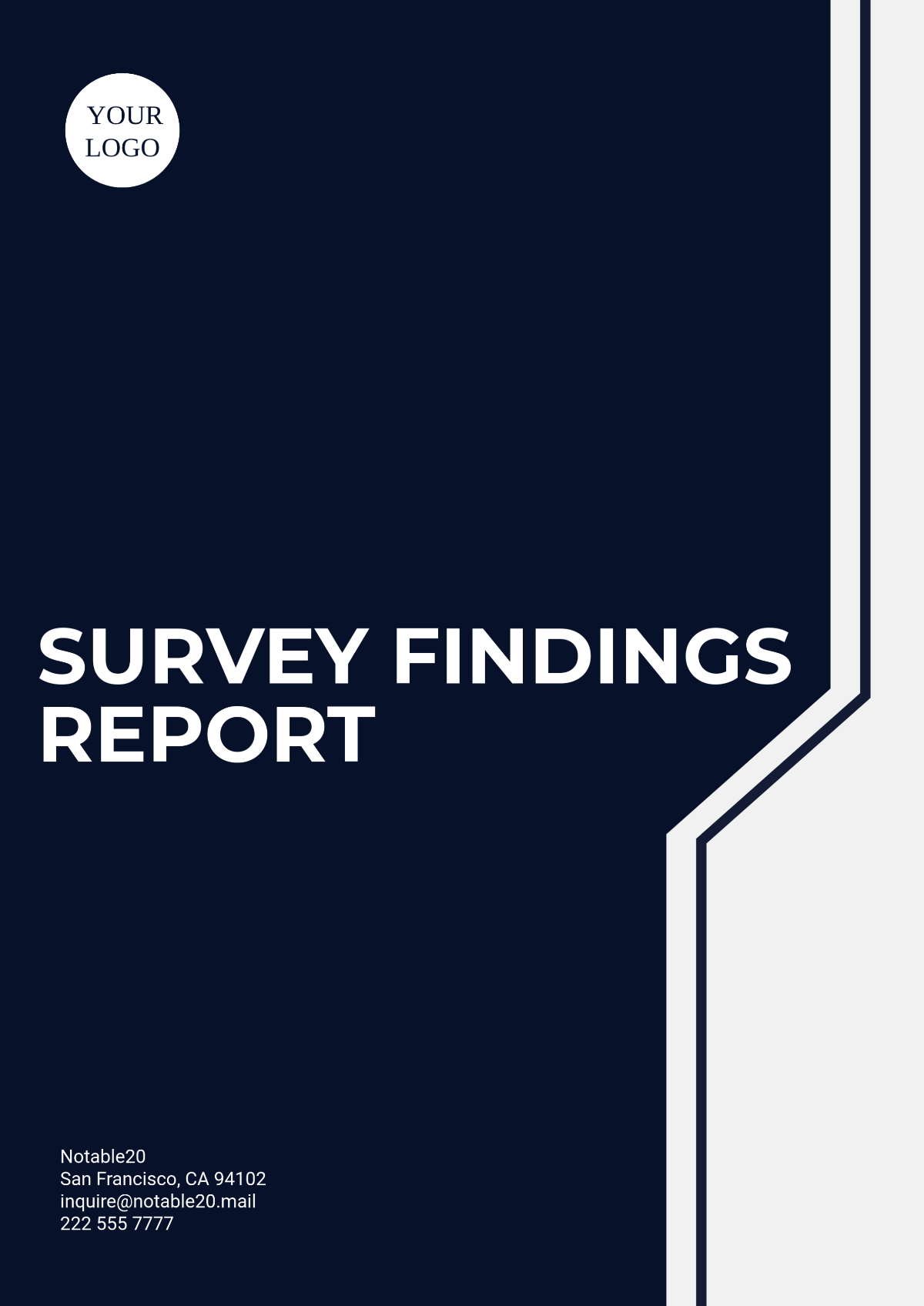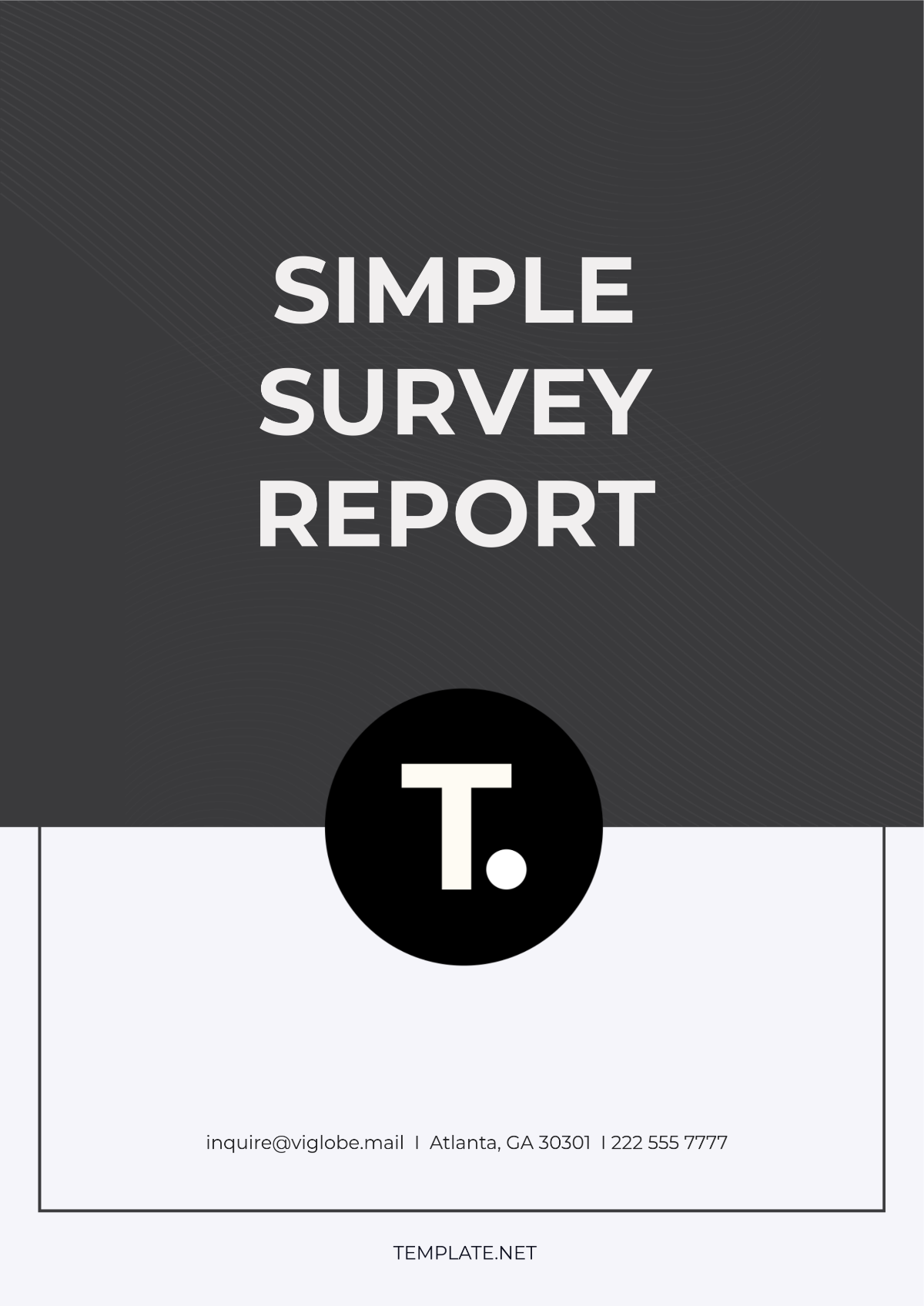Cybersecurity Needs Survey Research
Prepared By: [YOUR NAME]
Date: [DATE]
I. Executive Summary
This research aims to systematically identify and assess the cybersecurity needs, challenges, and vulnerabilities within organizations and sectors. It involves collecting and analyzing data via surveys to provide insights into current cybersecurity practices, perceived risks, and resources required to address them. The primary goal is to inform strategic decisions, policy development, and resource allocation to enhance cybersecurity posture. Key findings reveal significant areas needing improvement in risk awareness, staff training, and advanced threat detection. Recommendations focus on enhanced training programs, upgraded security infrastructure, and better resource allocation.
II. Introduction
This survey-based research seeks to understand the cybersecurity landscape within organizations, covering both technical and procedural aspects. Given the increasing frequency and sophistication of cyber threats, understanding specific needs and vulnerabilities is critical. This survey was conducted within the context of recent high-profile breaches, which have highlighted the necessity for robust cybersecurity measures.
III. Methodology
The research incorporated a mixed-methods approach, combining quantitative and qualitative data collection. The survey was designed with multiple sections, including questions on current cybersecurity practices, perceived risks, and resource allocation. Data was collected through an online survey distributed via email to a randomly selected sample of organizations. The analysis was performed using statistical software, facilitating both descriptive and inferential statistics to draw meaningful conclusions.
IV. Survey Findings
A. Current Cybersecurity Practices
The survey results highlight a broad range of cybersecurity practices among organizations:
Basic Measures: 70% of organizations have implemented essential cybersecurity protocols, such as firewalls, antivirus software, and secure password policies. This indicates a foundational level of security awareness.
Advanced Threat Detection: Only 30% of organizations use advanced threat detection systems like intrusion detection systems (IDS), security information and event management (SIEM), and AI-based monitoring. This reveals a gap in proactive threat management.
Cybersecurity Audits: 40% of organizations conduct regular audits to assess and improve their cybersecurity posture. The remaining 60% lack regular or thorough auditing procedures, potentially leaving vulnerabilities unaddressed.
B. Perceived Risks
Phishing Attacks (85%): The most significant threat perceived by organizations, emphasizing the need for robust email security and user training.
Data Breaches (76%): Protecting sensitive information is a high priority for most respondents.
Ransomware (65%): The threat of ransomware attacks highlights the need for effective backup strategies and rapid response plans.
C. Resource Allocation
IT Budget Allocation: On average, organizations allocate about 20% of their IT budget to cybersecurity. However, the distribution of these funds varies significantly.
Insufficient Funding: 50% of organizations report inadequate funding for implementing advanced cybersecurity measures, posing a challenge in maintaining a strong security posture.
D. Challenges
Lack of Qualified Personnel (60%): A majority of organizations struggle with a shortage of skilled cybersecurity professionals, affecting their ability to manage and respond to threats effectively.
Inadequate Training Programs (55%): Over half of the organizations report that their training programs are insufficient, indicating a need for more comprehensive and up-to-date training.
Keeping Up with Evolving Threats (70%): 70% of respondents find it challenging to keep pace with the rapidly evolving cyber threat landscape, highlighting the importance of continuous learning and adaptation in cybersecurity practices.
V. Analysis and Interpretation
The survey reveals a significant gap between current cybersecurity practices and the evolving threat landscape:
Advanced Measures Gap: While 70% of organizations have basic cybersecurity measures, only 30% use advanced systems like IDS and SIEM. This gap indicates insufficient preparation for sophisticated threats and a need for increased investment in advanced threat detection technologies.
Top Threat Concerns: High concerns about phishing (85%), data breaches (76%), and ransomware (65%) emphasize the need for stronger email security, robust backup solutions, and effective incident response strategies.
Resource Allocation Disparity: Organizations allocate an average of 20% of their IT budget to cybersecurity, but 50% report inadequate funding. This shortfall impedes their ability to adopt advanced measures and fully address emerging threats.
Key Challenges: The lack of qualified personnel (60%), inadequate training (55%), and difficulty keeping up with threats (70%) highlight critical areas for improvement. Organizations must enhance recruitment, training, and adaptability to strengthen their cybersecurity defenses.
In summary, many organizations have basic protections but lack advanced threat detection and sufficient resources. Addressing these gaps through investment in technology, better resource allocation and improved training will be crucial for enhancing cybersecurity posture.
VI. Recommendations
Enhanced Training Programs: Implement comprehensive training that includes updates on threats, best practices, and simulation exercises to improve staff skills.
Increased Resource Allocation: Increase IT budget allocation for cybersecurity to support advanced technologies and ongoing security initiatives.
Investment in Advanced Detection Systems: Deploy advanced threat detection systems like IDS, SIEM, and AI-driven tools to proactively identify and address threats.
Regular Cybersecurity Audits: Conduct regular cybersecurity audits to find vulnerabilities, evaluate current measures, and improve security.
Enhanced Recruitment and Retention: Improve strategies for recruiting and retaining skilled cybersecurity professionals, including competitive pay and career development opportunities.
VII. Conclusion
In conclusion, the survey highlights significant gaps between current cybersecurity practices and the evolving threat landscape, revealing a need for enhanced measures and investment. Organizations must address these gaps by strengthening training programs, increasing budget allocation for cybersecurity, investing in advanced detection systems, conducting regular audits, and improving recruitment and retention strategies. By implementing these recommendations, organizations can better protect themselves against emerging threats, improve their overall cybersecurity posture, and ensure a more resilient defense against potential cyber-attacks.
VIII. Appendices
Appendix A: Survey Questions
The following is a list of key questions included in the cybersecurity needs survey:
What are your current cybersecurity measures?
What are the primary cybersecurity threats you are concerned about?
How much of your IT budget is allocated to cybersecurity?
What challenges do you face in maintaining effective cybersecurity?
Appendix B: Detailed Data Tables
The detailed data tables are available upon request and include a comprehensive breakdown of the survey responses and statistical analysis.
References
Smith, J. A. (2052). Future Trends in Cybersecurity: An Emerging Perspective. TechFuture Publishing.
Johnson, L. M. (2055). Advanced Threat Detection Systems: Innovations and Challenges. CyberTech Press.
Davis, R. P. (2058). Strategic Cybersecurity Training: Best Practices for the Next Decade. SecureSkills Books.

